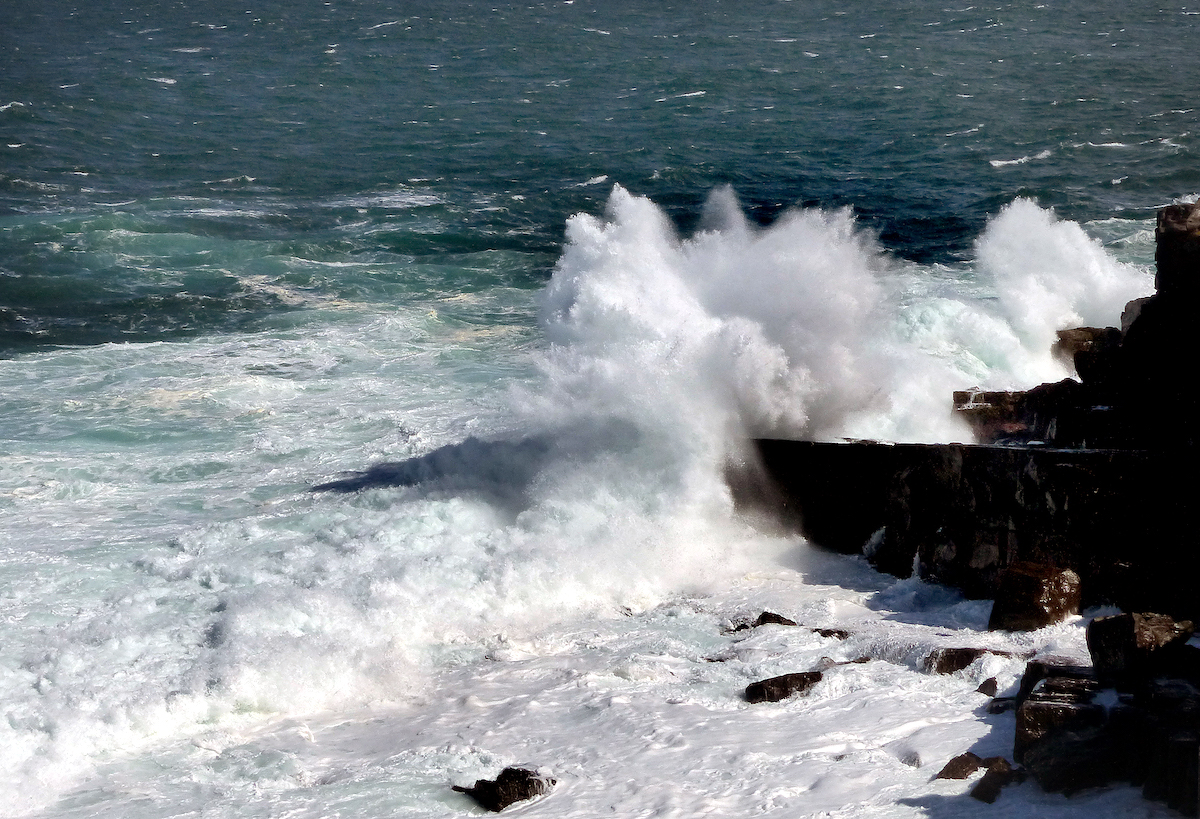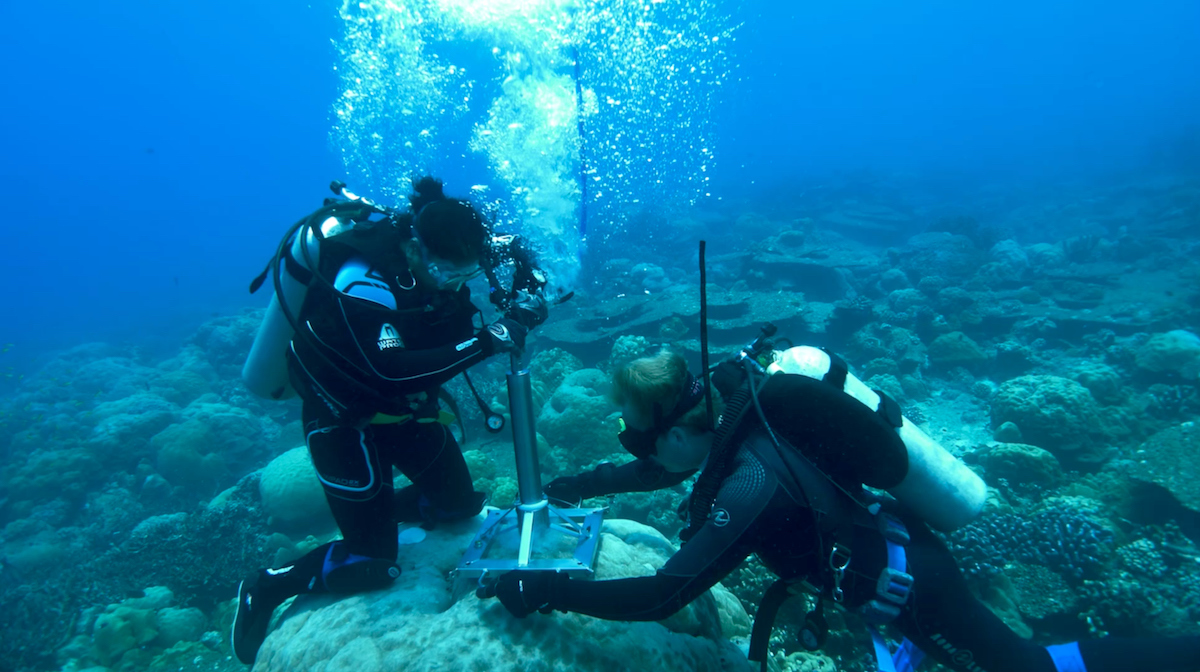-
Research brief: Tasmanian marine heatwaves could be forecast years ahead

Marine heatwaves that impact southeast Australia could be forecast years in advance, with important implications for fisheries and the environment in this region
-
Historical records reveal new trends in Australian temperatures

CLEX researchers have developed Australia’s longest daily temperature record, identifying a decrease in cold extremes and an increase in heatwaves around Adelaide since 1838.
-
Research brief: Realised added value in dynamical downscaling of Australian climate change

New research shows regional climate models consistently provide added value across Australia compared to global climate models. As a result, researchers and policymakers can obtain plausible improvements in future climate projections from the current generation of available RCMs.
-
Research brief: CMIP6 models show some improvement over Australia

Australian researchers assess the ability of recently released climate models to simulate the climate of Australia and the new scenarios for 21st Century climate change.
-
Research brief: First observational analysis of SSW events shows winter impacts.

When the “Beast from the East” brought cold temperatures and heavy snowfall to western Europe in February and March 2018, a lot of people were quick to link the extreme weather to a sudden stratospheric warming (SSW) that had recently occurred. CLEX researchers found there was a surprising lack of research on the relationship between…
-
Research brief: How land and ocean characteristics impact wintertime stationary waves.

This study looks at the average climate in the northern hemisphere with a simplified climate model. It considers the atmospheric effects of mountain ranges (Tibet, Rockies), contrasts between land and ocean surface, and ocean currents at the surface (such as the Gulf Stream) and their impact on winter climate.
-
Indian Ocean phenomenon spells climate trouble for Australia

New international research has found a worrying change in the Indian Ocean’s surface temperatures that puts southeast Australia on course for increasingly hot and dry conditions.
-
Research brief: Wind reversals have same surface impacts as sudden stratospheric warming events

Using a simplified climate model, researchers forced the south polar winds to reverse arbitrarily and found that the final impact at the surface is indistinguishable from events where the winds reverse in response to natural phenomena.
-
Research brief: More hot days at the same global temperature in a warming world than a world where warming has plateaued.

Using a novel methodology applied to CMIP5 projections CLEX researchers found that the local temperatures experienced by 90% of people would be substantially higher in a transient (still warming) climate than an equilibrium climate where the temperatures have plateaued, for the same global temperature.
-
Research brief: SAM may be unrelated to mid-latitude weather.

Research by CLEX scientists and colleagues re-examines some of the basic assumptions and interpretations in the theory. In particular, they show the SAM cannot be interpreted as a descriptor of mid-latitude variability and it has little imprint on the weather of the storm track.
